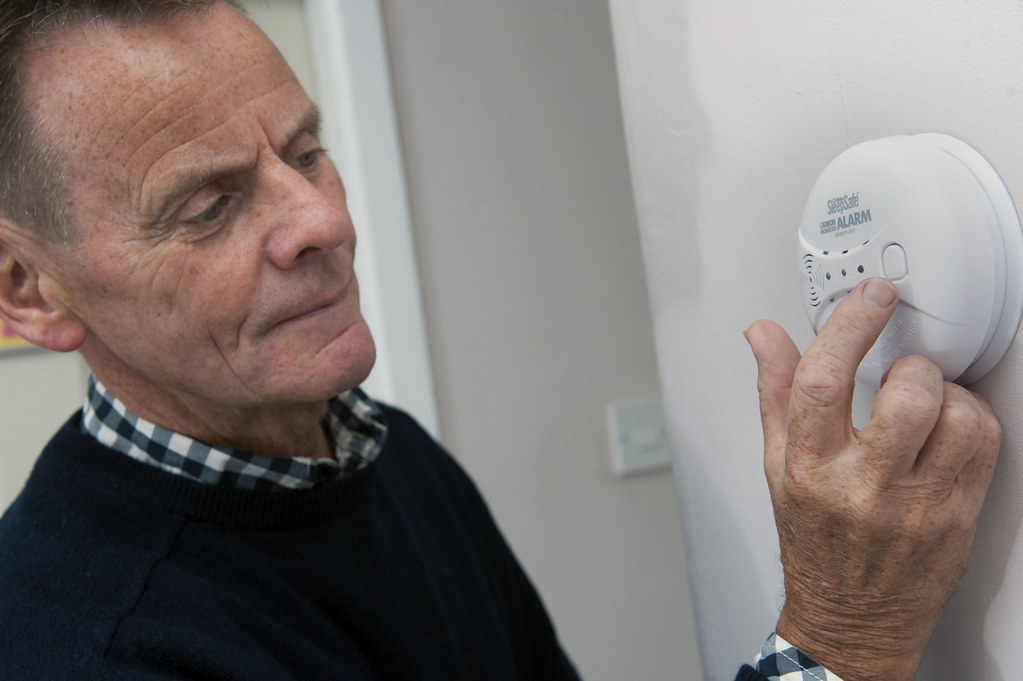Carbon monoxide (CO) is a colorless and odorless gas. It is a product of incomplete combustion. CO can be produced at toxic levels by carbon fuel burning appliances such as wood burning stoves, furnaces and internal combustion engines.
According to the U.S. Consumer Products Safety Commission, there is an uptick in non-fire related CO deaths. The greatest number of deaths occur in the months of November – February. These “colder months” of the year see an increased usage of generators and portable heaters.
CO causes deaths by displacing oxygen in the blood. It is a death by asphyxiation. The first symptoms are headaches. They are followed by dizziness, weakness, upset stomach, vomiting, chest pain, and confusion. If you experience these symptoms, you must get out of the building and into an area of fresh air. “People who are sleeping or drunk can die from CO poisoning before they have symptoms.” “Each year, more than 400 Americans die from unintentional CO poisoning not linked to fires, more than 100,000 visit the emergency room, and more than 14,000 are hospitalized.”
The International Building Code requires that many new and existing buildings be equipped with CO detectors. This includes residential occupancies and some classrooms.
CO detectors can be battery operated, hardwire, pug-in or a combination. Regardless of power source, for residential occupancies, they should be located outside the sleeping areas. Since there are several methods of operations and installation, they should be installed and maintained as per manufacturers’ specification. To be safe, choose devices that have been certified by an organization such as UL.
Disclaimer
The information contained herein is provided for information purposes only and is not intended to constitute legal or other professional advice and should not be relied upon in lieu of consultation with your own legal and/or other professional advisors. Some of the information, examples and suggestions presented in this material may be compiled by third-party sources we consider to be reliable; however, we do not guarantee and are not responsible for the accuracy of such information. We assume no duty in contract, tort, or otherwise in connection with this publication and expressly disclaim, to the fullest extent permitted by law, any liability in connection with this publication. Verita CSG, Inc. does not undertake to update the information included herein after the date of publication. Accordingly, readers should be aware that certain content may have changed since the date of this publication.
